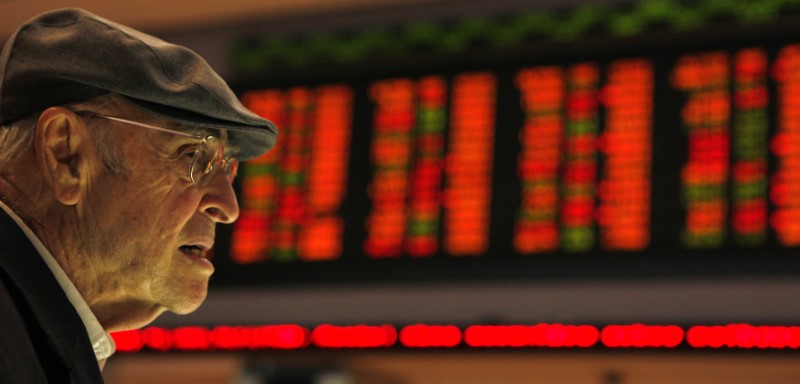(Bloomberg) -- Monday’s moves in emerging markets may look unexceptional. Drill down, however, and optimistic signs emerge.
The benchmark gauge for emerging-market stocks is down 0.4% and its currency counterpart is little changed. That suggests investors are biding their time as they weigh the proliferating risks, from a technology-sector meltdown to U.S.-China tensions.
But broader indexes that average out market moves can mask regional, sectoral and asset-class differentiation. That’s what seemed to be happening since the Thursday selloff in the Nasdaq 100 Index.
There are signs that the laggards of the past five months -- currencies as well as stocks outside Asia, especially in non-technology sectors -- are starting a phase of outperformance.
Stocks in the emerging Europe, Middle East and Africa region fell to a record low against their Asian peers on Sept. 2, the day before the Nasdaq slump. Since then, they have climbed for three days. On Monday, the ratio of the indexes between the two regions rose by the most since Aug. 12.
That’s not the only sign. A gauge of emerging-market commodity stocks against consumer-discretionary stocks is heading for the biggest three-day increase since November 2016. Given that the latter includes star performer Alibaba (NYSE:BABA) Group Holding Ltd., that is a major shift in favor of raw-material stocks.
More broadly, so-called value stocks are now outperforming growth stocks. In other words, investors are beginning to favor shares of mature, slow-growing and dividend-paying companies over expensive go-getters like Alibaba.
Time May Be Ripe for Attitude Change to Maligned EM Value Stocks
And then there’s emerging resilience of currencies. The FX gauge has risen to the highest level since Aug. 3 versus stocks. If this continues, it would mark a reversal of their underperformance since March.
©2020 Bloomberg L.P.
